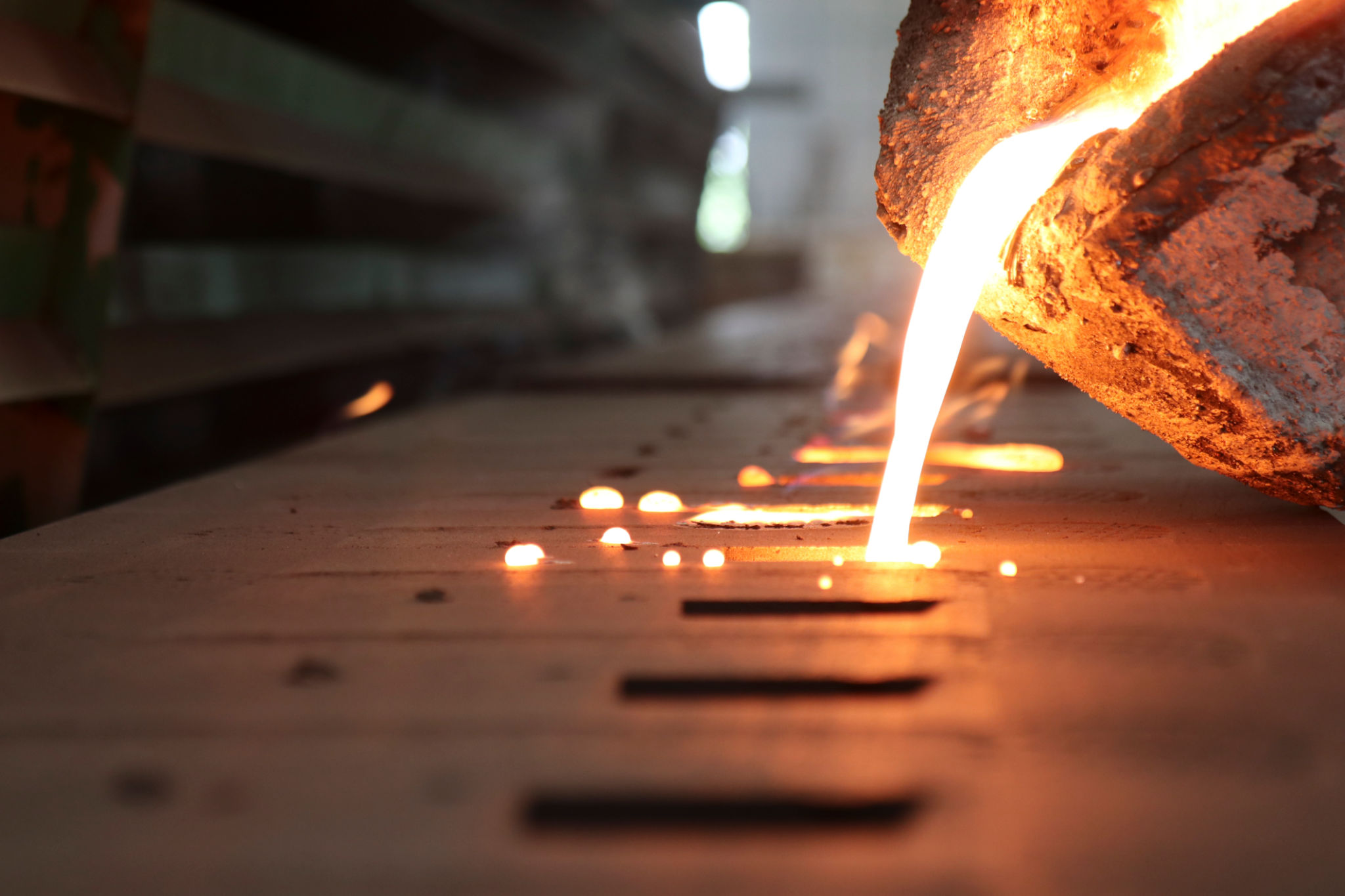
Metal casting is a fascinating manufacturing process with a rich history dating back thousands of years. Despite its long-standing presence in the world of manufacturing, there are still many misconceptions about it. In this blog post, we will explore and debunk some of the most common myths surrounding metal casting.
 Metal Casting Is Only for Large-Scale Production
Metal Casting Is Only for Large-Scale ProductionOne prevalent misconception is that metal casting is only suitable for large-scale production. While it's true that casting is widely used for mass production due to its efficiency, it is also an excellent choice for small runs and one-off projects. The flexibility of casting allows manufacturers to create complex shapes and designs, regardless of the production scale.
Advancements in technology have further enhanced the feasibility of small-batch casting, with techniques like 3D printing molds making it easier and more cost-effective to produce limited quantities. This makes metal casting a viable option for both large corporations and small businesses alike.
All Metals Are Cast in the Same WayAnother common misconception is that all metals are cast using the same method. In reality, different metals require different casting techniques due to their unique properties. For example, iron casting often uses sand molds, while investment casting is typically used for non-ferrous metals like aluminum and bronze.

Understanding the specific requirements of each metal type can help in selecting the appropriate casting method, ensuring quality and efficiency in the production process.
Metal Casting Is an Outdated TechnologySome may believe that metal casting is an outdated technology, replaced by more modern manufacturing methods. However, this couldn't be further from the truth. Metal casting continues to evolve, incorporating cutting-edge technology and innovations such as computer-aided design (CAD) and computer-aided manufacturing (CAM) systems.
These advancements have significantly improved the precision and capabilities of metal casting, making it a vital process in industries such as aerospace, automotive, and construction. Far from being outdated, metal casting remains at the forefront of manufacturing technology.
 The Environmental Impact of Metal Casting Is High
The Environmental Impact of Metal Casting Is HighThere is a belief that metal casting has a significant negative environmental impact. While it's true that traditional casting methods can be resource-intensive, many foundries are actively working to reduce their environmental footprint. Initiatives such as recycling scrap metal, using eco-friendly mold materials, and implementing energy-efficient practices are increasingly common.
These efforts help to minimize waste and reduce emissions, making metal casting a more sustainable option than it might initially appear.
Quality Control Is Difficult in Metal CastingLastly, some may think that quality control in metal casting is challenging due to the complexity of the process. In reality, stringent quality control measures are integral to modern casting operations. Techniques such as non-destructive testing (NDT) and real-time monitoring ensure that cast products meet high standards of quality and safety.
By debunking these common misconceptions, it's clear that metal casting is a versatile, evolving, and environmentally conscious manufacturing process with applications across various industries.
Copyright 2025 © GEEL TECH . All Right Reserved

Share This News